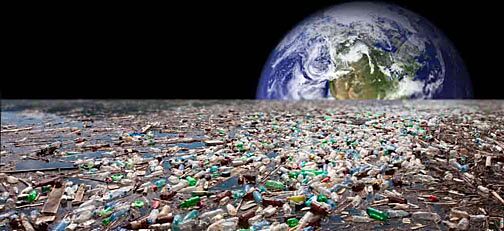
- The TRUTH About America's Water
- Water Pollutants that Cause Illness
- Are Minerals in Water Important for Health?
- Top 5 Drinking Water Contaminants
- Do I Need a Whole House Water Filter?
Facts about Our environment and water
Growing Concern over Environmental Water Quality

Environmental water contamination is the leading worldwide cause of death and disease. Despite more awareness and action taken by WHO and governments, 3.4 million people, mostly children, die annually from water-related diseases globally and 485 000 diarrhoeal deaths each year. Even here in the United States we often struggle with water pollution caused by natural disasters and human activities. In 2019, over 1,000 locations in 49 states have confirmed cases of contamination by highly toxic fluorinated compounds known as PFAS according to the Environmental Working Group. Meanwhile, 1.2 trillion gallons of untreated sewage, stormwater, and industrial waste are still dumped into US water each year which may affect ground and well water sources. Approximately 40% of the lakes in America are too polluted for fishing, aquatic life, or swimming.
It is easy to see why water pollution is a major problem for the animals and plants which live in those ecosystems, but the truth is that it also negatively affects people. These same contaminated water sources are where we get our seafood, where we swim and play, and even where our tap water is drawn from. While tap water is treated thoroughly to reduce pollution, some contaminants may still remain including heavy metals, chemicals, microbes, and pharmaceuticals drugs. Everyone who uses tap or well water will be exposed to some level of these contaminants every day. In 2017, 90% of the global population, about 6.8 billion people, used at least a basic service. In other words, these people have access to drinking water within 30 minutes roundtrip.
What really happened to our tap and underground water sources?
According to research articles and news, most tap and well water in the U.S. now are not safe for drinking due to heavy industrial and environmental pollution. We have reached to a point that, all sources of our drinking water, including municipal water systems, wells, lakes, rivers, and even glaciers, contain some level of contamination. Contaminants range from naturally-occurring minerals to man-made chemicals and by-products. While many contaminants are found at levels not enough not to cause immediate discomforts or sicknesses , it is proven that even low-level exposure to many common contaminants will, over time, cause severe illness including liver damage, cancer, and other serious ailments. Even the chemicals commonly used to treat municipal water supplies such as chlorine and fluoride are toxic and are known to have significant adverse effects on the human body.





